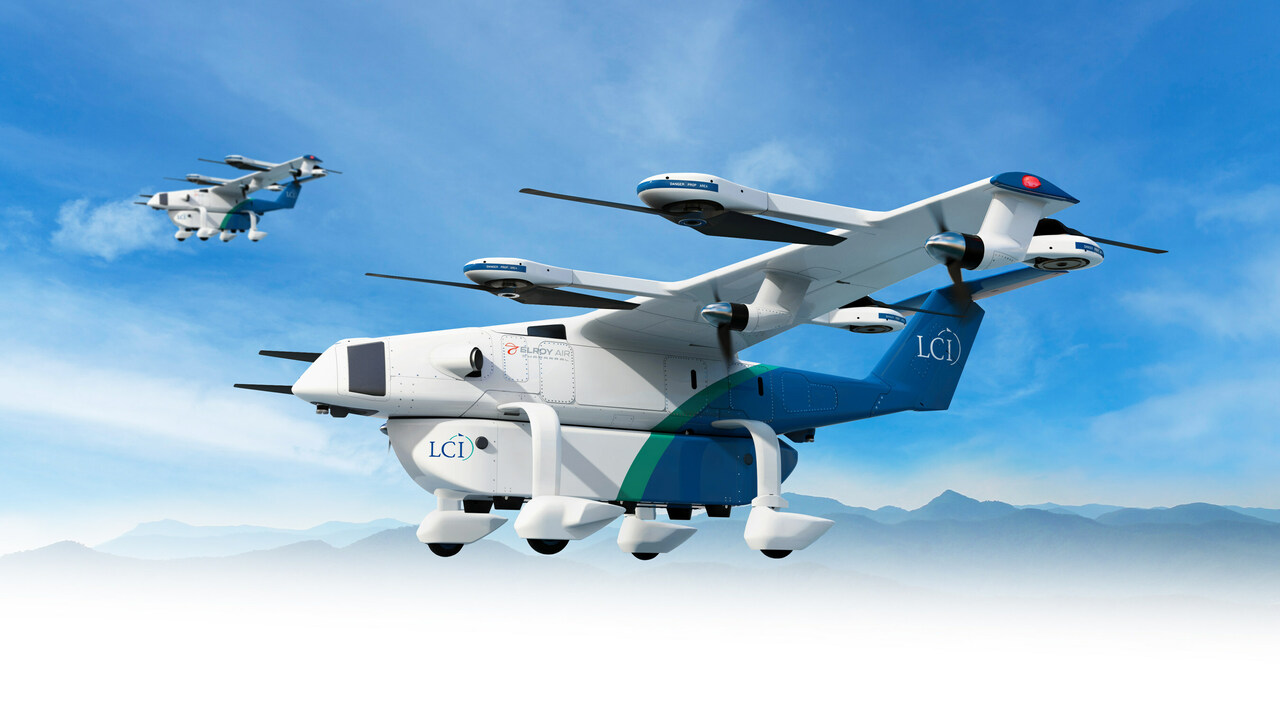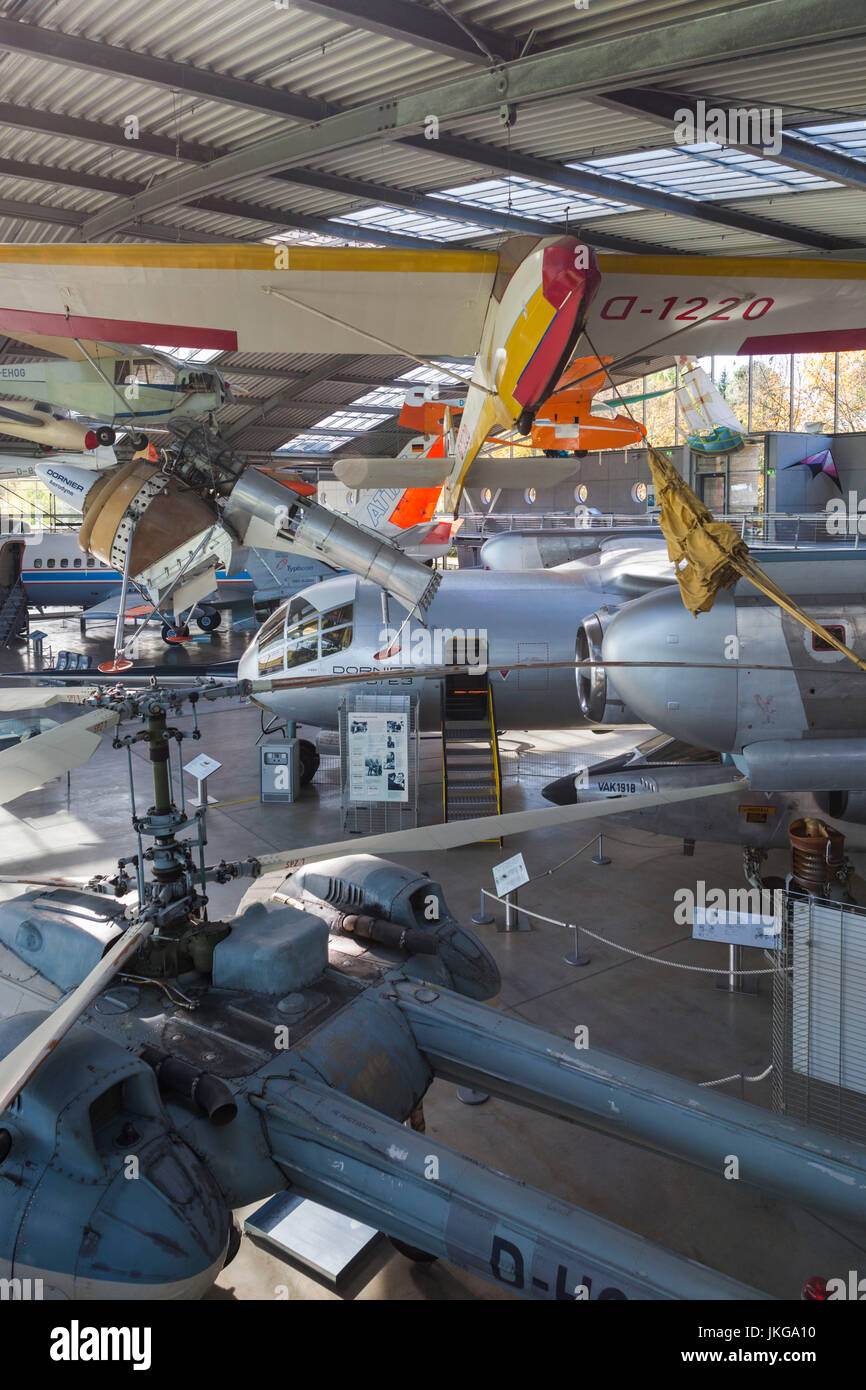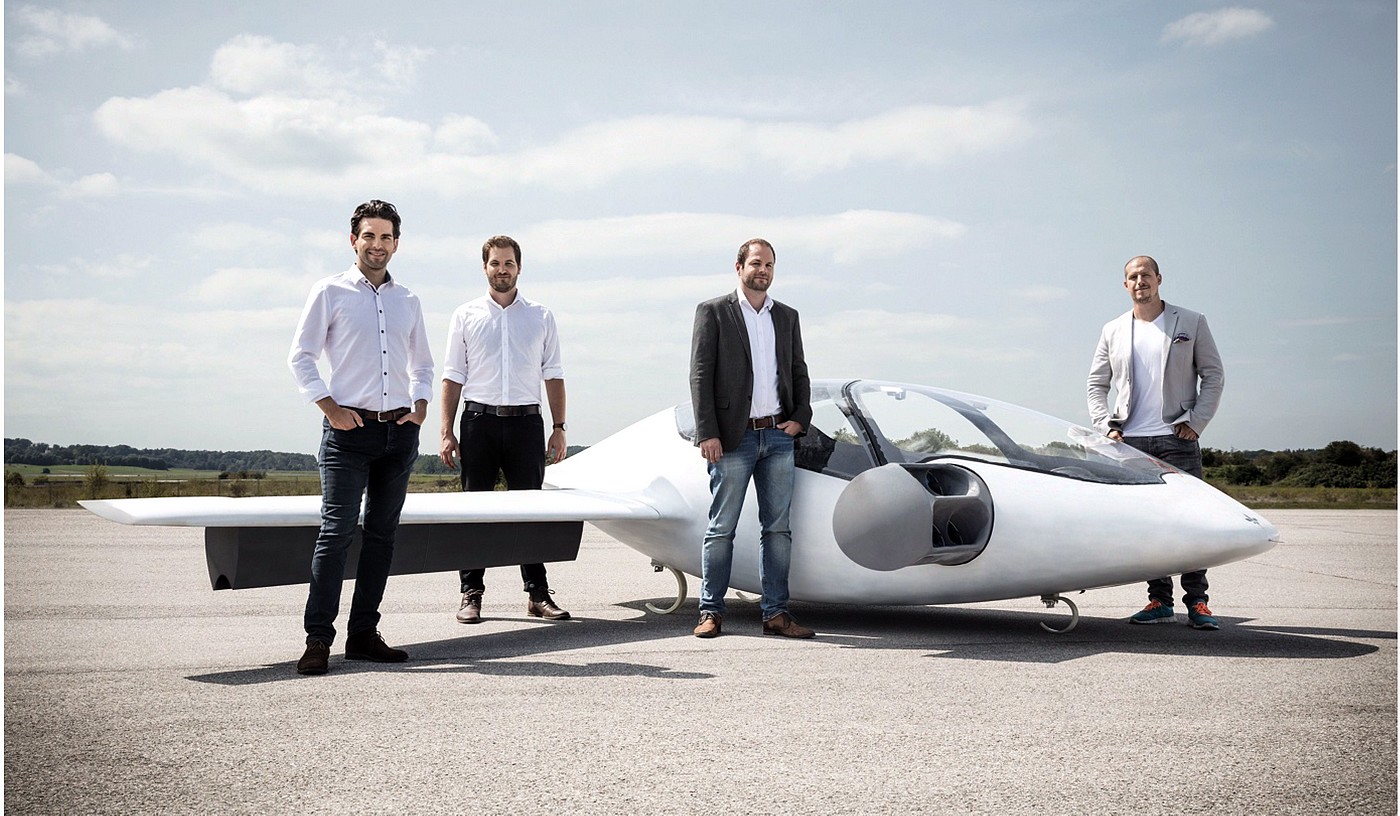First Vtol Aircraft - The Dornier Do 31 is an experimental vertical takeoff and landing (VTOL) jet vehicle designed and manufactured by the West German aircraft manufacturer Dornier.
The development of the Do 31 was largely motivated by the German Air Force's strong interest in acquiring aircraft with short take-off and vertical landing (STOVL) capabilities. These ambitions were further boosted by the issuance of the NATO specification NBMR-4, which called for a VTOL-capable tactical support aircraft to operate alongside the EWR VJ 101, a West German VTOL strike aircraft built under a NATO contract. BMR-3.
First Vtol Aircraft

A total of three aircraft, two flying and one static aircraft, were built and used for testing. On February 10, 1967, the Do 31 made its first flight; The first flight of this type was made in July 1967.
Auro Aerospace Revealed Its Intercontinental Ultra Long Range Vtol Ranger
In addition to conducting test flights, Dornier frequently displayed Do 31 prototypes to officials and the public, such as at the 1969 Paris Air Show. Several world records were set by the type during its limited flight career. When the high operating costs, technical and logistical difficulties of such an aircraft were noted, the German Air Force chose to discontinue trials of VTOL aircraft such as the Do 31, VJ101 and later the VFW VAK 191B. With limited sales opportunities and a lack of government support, the Do 31 and other VTOL projects continued as research projects for some time before their manufacturers abandoned all activities. Till 31 remains the only VTOL jet transport aircraft ever flown.
In the late 1950s and 1960s, the German Air Force became increasingly concerned that in the event of a major conflict with the Eastern Bloc, their airfields would be highly vulnerable to attack, which quickly discouraged the use of conventional aircraft in any such conflict. In order to overcome this threat, the service actively explored the possibility of raid operations; One option was to use the country's highways, which required such aircraft to have short take-off and vertical landing (STOVL) capabilities.
Because of this interest, a series of trials were conducted involving several modifications of the German Air Force Lockheed F-104 Starfight to enable their rocket to be launched from fixed ramps; These trials became known as the Zero Length Launch (ZELL) program. Starfighters had to be removed in short strips using aircraft carrier-type interceptors; Similarly, later Do 31s used the same austere airstrips as earlier operating bases.
However, it was not until 1961 that the design team finalized what would become the Do 31.
The Next X Plane
Early activities revolved around a series of studies on a VTOL utility transport aircraft. Dornier's design team, based at the company's facility in Friedrichshafen, was led by aeronautical engineer Gustav Wieland. Already at this stage, Dornier contacted foreign companies, including the British giant manufacturer Bristol Sideli, who were already working without problems on their own VTOL-oriented giant.
The design of the flight control system has been considered a critical element of any aircraft performing vertical flight, particularly in terms of how it handles control failures.
To support the development program, Dornier built a flight control test rig that allowed their design team to study and evaluate various attitude control laws and flight characteristics.

A Dornier DO-960 hybrid computer was developed to solve the differential equations required for detailed aircraft modeling.
Watch The World's First Vtol Transport Jet Take Flight
Despite the ease of control in vertical flight, the flight control philosophy used on the Do 31 was more akin to a conventional aircraft than a helicopter.
In February 1962, the Do 31 program was officially launched with the award of a development contract by the West German government.
By early 1964, Dornier had begun building a pair of prototype aircraft; Their production was mainly carried out at the company's factory in Oberpfaffhof.
A total of three test prototypes were built, namely E1, E2 and E3 - the 'E' standing for Experimtell. The E1 was powered only by Pegasus genes designed to test horizontal flight. The E2 was a static test aircraft and never flew. The E3 was fitted with elevators and the Pegasus and RB162 were designed to evaluate the vertical flight mode design.
Electric Air Space
The design of the Do 31 depended heavily on its configuration. Dornier chose to include the British-built Bristol Pegasus
Vector turbofan giant, the existing plant most used to power the Harrier jump jet. On the Do 31, a pair of Pegasus giants were placed in each of the two inner nacelles; During the vertical phase of flight, additional lift was provided by four vertically mounted Rolls-Royce RB162 lift gensets located in each outer envelope.
By mounting in the cranes, the fuselage can accommodate a spacious cargo hold, accessed primarily via a rear loading ramp. Early Do 31 designs used more than four Rolls-Royce RB162s; The availability of more powerful versions of the giant Pegasus made it possible to cut four additional elevator chords.

Because the gensets are located in the pods, unlike inside the fuselage of the Harrier, the Pegasus had to be specially modified for the Do 31.
Pegasus Vbj, The First Vertical Take Off (vtol) Private Jet
Apart from proper lift and control, other factors affected the propulsion system. According to Dow, noise was a significant concern, especially since the aircraft's critical frequency was close to the frequency naturally produced by the levers.
Reabsorption of hot exhaust gases was another critical area, complicated by the fact that the vertical float had 16 "fountains" of which 12 were hot. After extensive research during the flight test development phase, it was determined that setting the propellers at an angle of 85 degrees, rather than 90 degrees, was sufficient to avoid any problems during takeoff, and no such problems were observed during landing. . in general.
Several different types of air intakes were also tried, both to avoid swallowing problems and to keep the lifting giants up to date. Bloody air from the giant Pegasus was also injected into the elevator as a measure to solve the swallowing problems, while studies were conducted on the effects of earth erosion.
On February 10, 1967, the first prototype (E1) performed its cleanup flight, carrying only two Pegasus giants. In July 1967, the third prototype (E3), equipped with all its engines, made its first flight.
Vtol Aircraft And Helicopters By John W. R. Taylor
In December 1967, the transitions between the vertical and horizontal phases of forward and backward flight were successfully performed. On February 28, 1968, the first flight with multiple transitions was performed.
According to aviation author Andrew Dow, despite some initial problems, confidence in the aircraft grew rapidly.
Surveying the airfield, test pilot Drury W. Wood performed several exploratory maneuvers in the Do 31, on one occasion deliberately flying backwards to prove it was possible, and on another occasion to invert the barrel.

To promote its new aircraft, Dornier flew one of the prototypes at the 1969 Paris Air Show, where it was demonstrated to a younger public. The ferry flight to Euta set several Fédération Internationale de Aeronautics (FAI) world records.
Watch Lilium's Successful Test Flight Of The World's First Electric Vtol Jet
The public recognition was considered particularly valuable given Dornier's long-term ambitions for the Do 31, as the company envisioned civilian use of the aircraft as a commercial VTOL transport.
At one point, Dornier was in talks with both Douglas Aircraft and Ling-Temco-Vaught (LTV) to join the Do 31 program, but rejected an approach from Douglas.
The Do 31 was the first and so far the only vertical takeoff aircraft ever built. In April 1970 it was announced that the project had been abandoned, although the Do 31 made its last public flight on 4 May 1970 at the Internationale Luft- und Raumfahrtausstellung (ILA) in Hanover.
One of the most likely contributing factors to the failure of the Do 31 was the relatively high drag and weight imposed by the lifting giant pods, which reduced the payload and range of the type compared to conventional transport aircraft.
Urban Aeronautics Gets First Order For Cityhawk Vtol
According to Dow, the German government was frustrated by the lack of commitment from other NATO countries and was unwilling to contribute alone to the high financial needs required for full development.
At a later stage of development, Dornier planned to disassemble the Do 31's exteriors and their genes; In their place, the larger RB153 turbofan genies, each capable of producing around 5,000 lbf (22 kN) of thrust, will be adopted once this powerplant becomes available. A further development of the Do 31, known as the Do 131, powered by twelve or four lift planes, was also explored by Dornier; However, no prototypes of this variant were built.
Both flying prototypes are preserved in Germany, but the fate and location of the non-flying test bed (E2) is unknown. In 1967, the Dornier Do 31 made its first successful flight, becoming airborne during a vertical propulsion test. Take that off

Pressurized twin engine aircraft, pressurized single engine aircraft, pressurized experimental aircraft, pressurized turboprop aircraft, pressurized aircraft oxygen requirements, pressurized piston aircraft, cheapest pressurized aircraft, pressurized single engine aircraft for sale, pressurized aircraft, pressurized aircraft for sale, pressurized twin piston aircraft, smallest pressurized aircraft
0 Comments